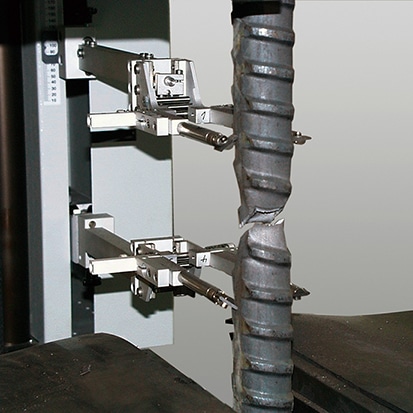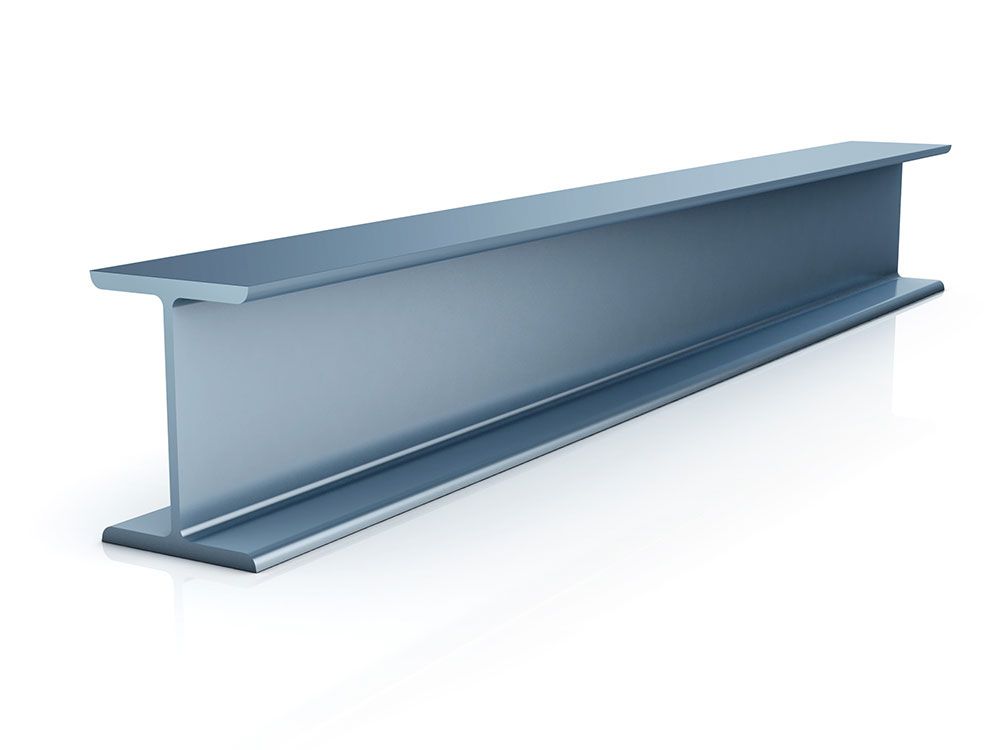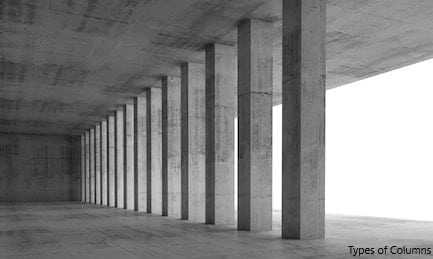Reinforcement testing shall be done in order to make sure they are complying with the design code requirements.
In this article, we discuss the sequence of testing and different test available carrion out in construction.
Why do we need to do reinforcement testing ?
Reinforcement is produced from the steel raw materials and they are used in the structure to carry the tensile and compressive loads.
If the rebar can not carry the required load, it could lead to a structural failure. In the design, we define the reinforcement strength as Characteristic strength which is the yield strength.
In addition to the characteristic strength, there are some more tests to be done.
- Tensile Test
- Rebend Test
- Chemical Analysis
Tensile Test
The most common type of test carried out in reinforcement testing is the tensile test.
Tensile strength of rebar and its yield strength is very important in designs.
The Rebar needs to have the characteristic strength assumed in the design. During the construction, the strength of the rebar was checked from the samples taken randomly.
One test piece per each 30t with at least three test pieces per nominal diameter is the sample criteria specified in the BS 4449:2005.

In this test, the following parameters are obtained.
- Characteristic yield strength of the reinforcement
- Tensile strength of the reinforcements
- Percentage of elongation
- Mass per meter
As specified in the BS 4449, it checked the limiting values are exceeded.
Rebend Test
The possibility of forming surface cracks in the reinforcement when they are bending is checked in this test.
Rebar is bent twisted and sees whether there are cracks in the surface.

The following procedure is to be followed when the bend test is done as specified in BS 4449:2005+A2:2009. Rebend test is also a common to test done in reinforcement testing.
- Bend the test pieces through an angle of 900, around a mandrel with a diameter not exceeding those specified in the following table, age the test piece and then bend back by at least 200.
- The specimen can be accepted if no sign of fracture or cracks is visible.
Table : Mendrel diameter of rebend test
| Nominal diameter (d) mm | Maximum mandrel diameter |
| ≤ 16 | 4d |
| >16 | 7d |
Chemical Analysis
Chemical composition and the carbon equivalent value are checked in this test.
Further information about the rebar could be studied from the following articles.


